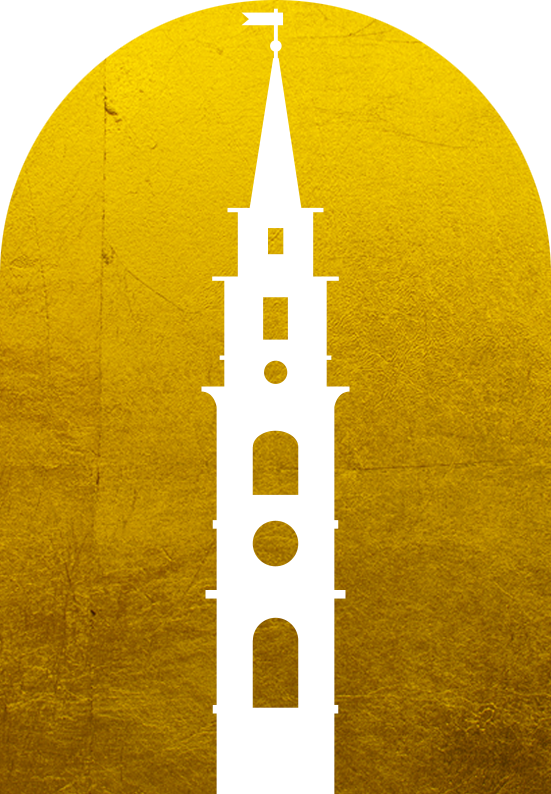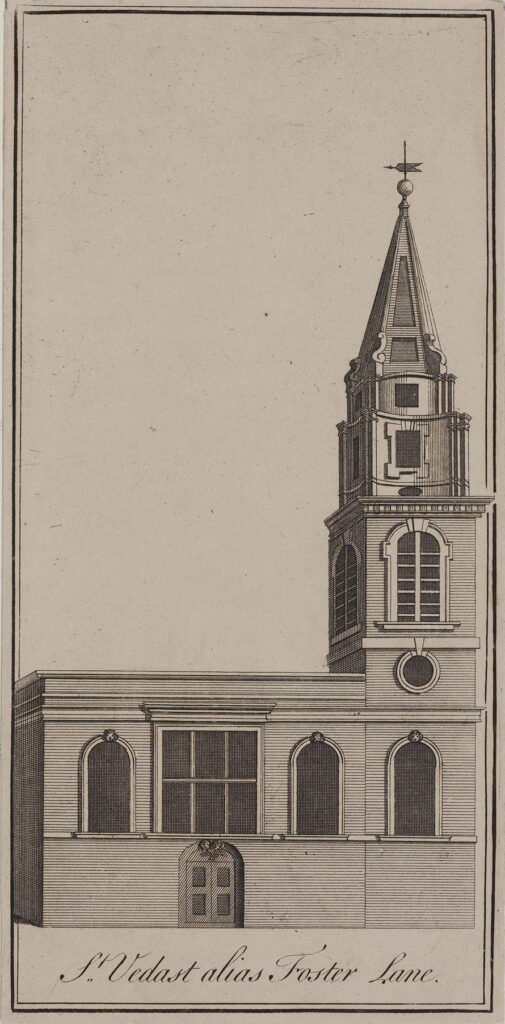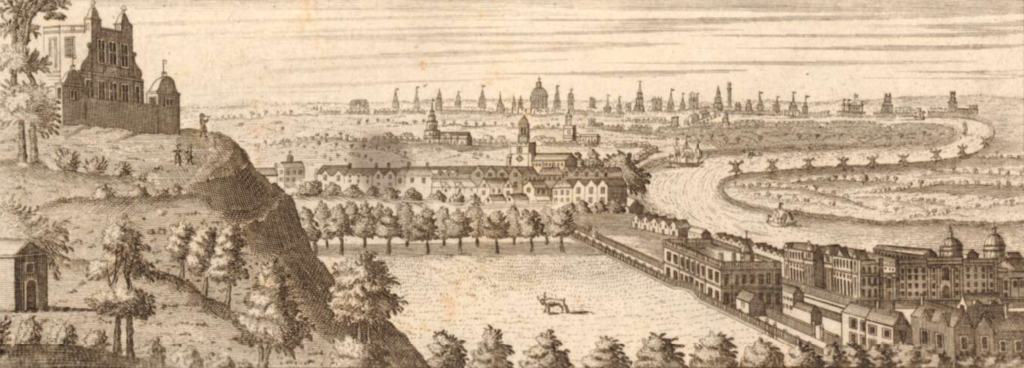St Martin Ludgate
Read the stories of four that either survived or succumbed to the flames, and how they reemerged from the ruins.

St Vedast alias Foster church was left very badly damaged after the Great Fire. Its churchwardens were so keen to keep using it that they started repair work several years before the official rebuilding programme began.
Unfortunately, problems with the structure persisted and the church remained unstable. Just twenty-three years after the repairs were finished, the church was demolished. In 1695 Sir Christopher Wren and his team began a new building, finishing the church and tower four years later.
The main plasterer, Henry Doogood was responsible for 41 of the 51 City Churches, including the walls and ceiling at St Vedast’s. He also plastered the choir, aisles and vestry in St Paul’s Cathedral.


In 1709, master mason Edward Strong junior began work on a steeple, possibly designed by Wren’s assistant, the architect Nicholas Hawksmoor.
Edward made the steeple in Stone’s Yard, down the River Thames in Greenwich, where he had enough space to work. When finished, the steeple had to be carefully taken apart and carried to St Vedast’s by boat and then cart. Edward charged an extra £50 (£5,246.41) for the additional costs, as well as for fixing faults caused by transferring the worked stone from one location to another.

In a final flourish, the spire was topped by a decorative copper ball and cross by Andrew Niblett, whose workshop was in Birchin Lane. He created similar pieces for four other churches and was so busy that he engaged at least nine apprentices to assist him.
St Vedast was hit by incendiary bombs on 29 December 1940 which destroyed its interior and fittings. The church was fully restored by 1962.

Before the Great Fire, there had been a total of 107 parish churches, of which 87 were destroyed. Only 51 were rebuilt, leaving 35 parishes and their communities without their church. As a solution, some parishes were merged with others nearby.
This was the case with St Michael-le-Querne, which had stood between Blowbladder Street and Paternoster Row until it was consumed by the flames. In 1670 it was joined with St Vedast’s, although it retained some independence. It kept its own vestry committee of men elected every year to look after its parishioners. It collected tithes, taxes, and rents to provide help where needed.
The arrangement was not without the occasional dispute. St Vedast’s charged a fee for every burial in its churchyard. The vestry of St Michael-le-Querne refused to pay their share of church expenses until they received part of the burial fees. Around 1700, an established family of St Michael’s, the Davenports, were refused permission to bury a relation until they paid their fee to St Vedast’s.
Read the stories of four that either survived or succumbed to the flames, and how they reemerged from the ruins.
Keep up to date with the latest news ...